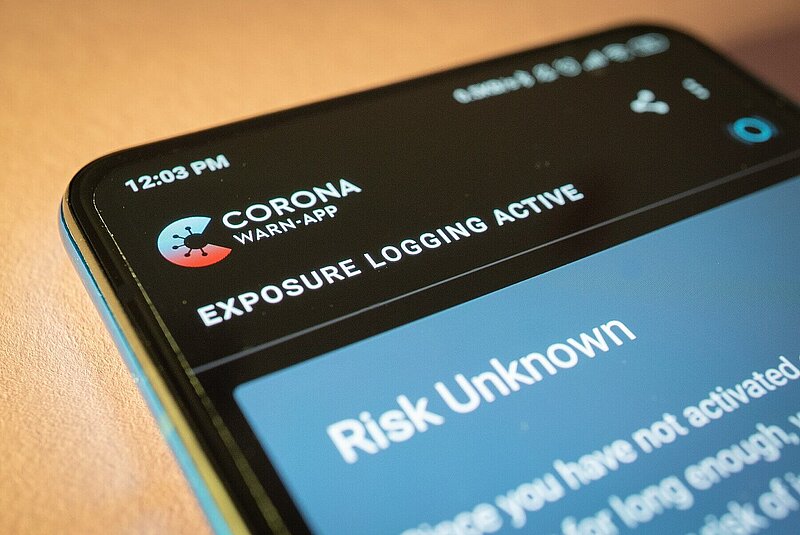
Simon Munzert and fellow researchers assess Germany’s virus-tracking landscape.
Almost a year after German public health authorities introduced the Bluetooth-based Corona-Warn-App, adoption of the app is still limited, while privately developed solutions have also entered the market. In March and April 2021, Hertie School Assistant Professor of Data Science and Public Policy Simon Munzert, with Myrto Papoutsi and Holger Nowak of online survey company respondi, conducted a study to assess the adoption of tracking and check-in apps in Germany, as well as understand the reasons for the limited uptake.
“A decisive factor for the effectiveness of these apps is wide use among the population,” the researchers write in their report summarising findings from a new study. “Both doubts about whether the apps work and hesitation about data privacy can stand in the way of widespread use.”
The Corona-Warn-App has over 27 million downloads, corresponding to about a third of Germany’s population. Disparities between download figures and actual usage as well as the fact that the app provides only minimal information about users to central authorities make it difficult to evaluate its usage. To understand who is using this and other COVID-19 apps and what may be obstacles for adoption, the researchers surveyed 2,099 smartphone users in Germany. Additionally, they tracked mobile phone use among over half the participants to directly observe people using the app. The study led to several noteworthy conclusions.
The study finds that the Corona-Warn-App remains the dominant tracking app in Germany. 79% of participants knew about it, compared with 41% for its closest competitor, the privately developed Luca app. The Corona-Warn-App’s user base also dwarfs those of its competitors, and most Luca users are also Corona-Warn-App users. Even so, just slightly more than a third of participants had installed the Corona-Warn-App.
In the case of the Corona-Warn-App, the most common cause of non-use is doubts about its effectiveness, with 57% of non-users naming that as a reason. This is followed by concerns about government surveillance and data privacy (25% each) and the fact that the app requires Bluetooth to be on constantly (24%).
Confirming an earlier study co-authored by Munzert, the study also finds that people likeliest to use a tracking app are already less likely to engage in risky behavior that might get them infected.
Discussing the limited adoption of the Corona-Warn-App and its competitors, the researchers find signs that the app could yet widen its user base. “Young people, more digitally savvy, are not necessarily the main user group. This creates potential for a further expansion of the user base,” the authors write.
They also point to a recent update to the Corona-Warn-App, which would let users to check into stores and restaurants with a QR code to simplify contact tracing, as a promising development. “It’s now important to convince current non-users through communicating clearly and advertising the app’s functionality. The new update, which adds check-in functionality to version 2.0, could be a major step forward in that direction,” the authors conclude.
On 27 April, the newspaper Die Zeit published an article based on the report, which you can read here (in German).
The full report can be found here (in German).
The Hertie School is not responsible for any content linked or referred to from these pages.
Views expressed by the author/interviewee may not necessarily reflect the views and values of the Hertie School.
